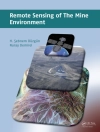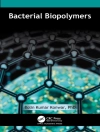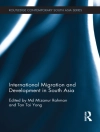More than sixty years have elapsed since Linde first liquefied air on a commercial scale and prepared the way for separating of other gaseous mixtures. His work, however, was not of an isolated nature. It was conceived eighteen years after air had, for the first time, been liquefied in the laboratory by Pictet in Geneva and Caillete in Paris. Linde’s liquefaction of air was followed by Dewar’s work on hydrogen liquefaction in London and by the setting up at Leiden of Kamerlingh Onnes’s famous low temperature laboratory. These advances in low temperature or cryogenic technology have resulted in the establishment of a completely new and thriving industry. Cryogenic engineering is concerned with developing and improving low temperature processes, techniques, and equipment; determining the physical properties of structural and related materials used in producing, maintaining, and using low temperatures; and the practical application of low temperature techniques and processes. These low tempera- tures are below those usually encountered in refrigerating engineering. It is rather difficult to assign a definite temperature which serves to divide refrigerating engineering from cryogenic engineering. A temperature below _l SOo C, however, is generally associated with cryogenic engineering.
K. D. Timmerhaus
Advances in Cryogenic Engineering [PDF ebook]
Proceedings of the 1954 Cryogenic Engineering Conference National Bureau of Standards Boulder, Colorado September 8-10 1954
Advances in Cryogenic Engineering [PDF ebook]
Proceedings of the 1954 Cryogenic Engineering Conference National Bureau of Standards Boulder, Colorado September 8-10 1954
Mua cuốn sách điện tử này và nhận thêm 1 cuốn MIỄN PHÍ!
Ngôn ngữ Anh ● định dạng PDF ● ISBN 9781468430998 ● Nhà xuất bản Springer US ● Được phát hành 2013 ● Có thể tải xuống 3 lần ● Tiền tệ EUR ● TÔI 4662171 ● Sao chép bảo vệ Adobe DRM
Yêu cầu trình đọc ebook có khả năng DRM












